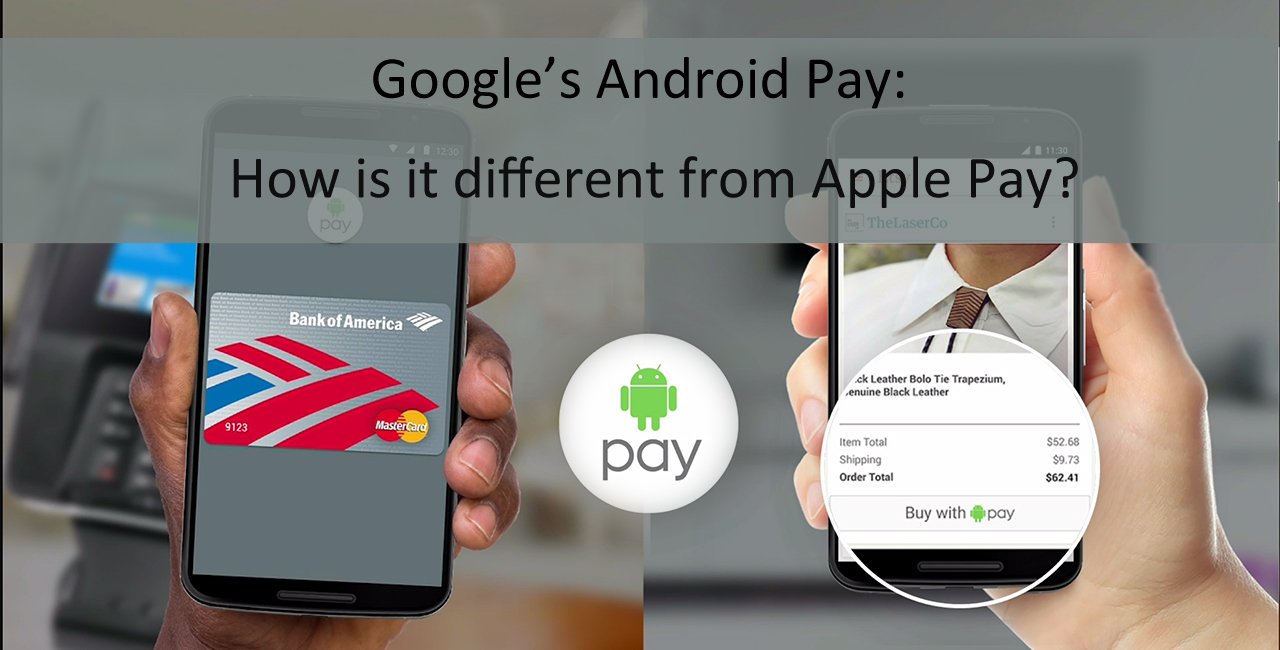Speedy checkout wins retail technology of the year
In fact, the system landed third on the list of the top business technology innovators in the U.S. across industries. Now in more than 2,400 stores, QueVision has reduced checkout times on average from four minutes to less than 30 seconds.
“Every day, we are returning precious minutes to our time-strapped customers by shortening the time they wait to check out,” said Marnette Perry, Kroger’s SVP of strategic initiatives and operations, in a statement.
According to a profile in InformationWeek, QueVision uses infrared sensors to count customers entering the store and at checkout lanes. Combining those counts with factors such as store layout, staffing levels for cashiers and baggers, and historical transaction logs, store managers use a simulator to access the number of registers that need to be open in real time. Estimates are also made on how many should be open in 15 and 30 minutes.
A large part of the system’s success is being attributed to a suggestion by a store manager to put wait-time data on screens for both employees and customers to see. The information was initially intended to only be seen by employees and managers via handhelds.
Customer satisfaction has not unsurprisingly improved with shorter lines. But a surprise benefit is that associates are happier because customers are happier. Kroger’s companywide cashier-friendliness metric, measured in customer surveys, has improved 24 percent since 2011, according to InformationWeek.
Other emerging technology solutions for checkouts include scanning tunnels. Conveyor scanners, recently introduced by Walmart’s British Asda chain, reportedly read from 360 degrees, even if the barcode is flat, at a rate of 100/minute. Shopper self-scanning stations have been around for nearly a decade although they aren’t especially quick.
A popular non-technology option for speed is the single queue, used by Trader Joe’s and Whole Foods among others. What appeals to people are: fewer delays from slow customers, eliminating guesswork when selecting a line, personal service and less reliance on DIY.
While not uncommon, Apple and some other stores enable employees to check out customers with handheld devices. Enabling shoppers to scan and check out themselves has been hyped but remains largely in test mode.
RetailWire BrainTrust comments:
It’s one of the most important pieces of the customer/shopper satisfaction puzzle. You can have all the technology in the world throughout the store, but when your shopping is complete, the last thing you want to do is wait on line to pay. Nothing leaves a bad taste in your mouth like slow check out. Is it the best system? I’ll leave that up to the list makers but for my money, get me through the line fast! — Zel Bianco, President, founder and CEO, Interactive Edge
Kroger is in a class by themselves. They have a comprehensive lab that partners with vendors to create new and interesting software and hardware solutions. Their recently announced Retail Site Intelligence brings data from many in-store systems together for analysis. Pulling data from multiple sensors is the way forward.
Eventually mobile self-checkout will be another option for loyal grocery customers. BYOD makes perfect sense in that scenario, and I bet many customers would even be willing to pay a loyalty club fee to participate. — David Dorf, Sr. Director of Technology Strategy, Oracle Retail
This kind of thing makes me cringe. Here’s the end story; when I go to Whole Foods I am in and out in 15 minutes in most cases. I go to Kroger and other traditional grocers and the simplest purchase can take twice as long. Why is that? Does Whole Foods use uber-technology? No. Why are they faster? Simple answer: they have better people. Managers and staff — better.
Sure, the technology is going to help, but if Kroger’s associates were worth their salt (including the managers who should be able to tell by LOOKING when their stores are busier, or by simply reading the reams of history in their sales data!), they wouldn’t need to make that expensive purchase. How much is the implementation of that system to 2400 stores going to cost, anyway?
The real question is: do you invest in robots or people? — Lee Peterson, EVP Creative Services, WD Partners
This actually made me laugh. I may be old school, but we had this 30 years ago when I was working in retail for a major chain — we called it a “store manager” and it was a real person who made sure the scheduling was correct for cashiers and supplemented it from the floor as needed. Trust me, as a regular Kroger shopper (no other choice in my market) this technology isn’t all it is made out to be. — Andy Casey, Senior Partner, Loyalty Resources
(Photo by Robert Couse-Baker.)



